Basmati rice is a fragrant, long-grain rice cultivated in India and Pakistan. It is highly valued for its flavor and texture, making it a popular element in a variety of recipes. It is also well-known for its health advantages, which include a high nutritional value, a low glycemic index, a high fibre content, and the capacity to aid in the reduction of hunger.
Nutritional Value
Basmati rice is high in vitamins, minerals, and fiber. It is minimal in fat and salt while being high in protein, thiamine, niacin, and iron. It has a low glycemic index, which means it does not induce an increase in blood sugar levels.
High Fiber Content
Basmati rice is high in fiber, which helps to maintain the digestive tract healthily and aids in weight reduction. Fiber also helps to lower cholesterol and may lower the risk of some forms of cancer.
Hunger Reduction
Basmati rice has been found in studies to help reduce appetite and cravings, which can aid with weight management. Consuming basmati rice might also aid in the reduction of cravings for harmful meals.
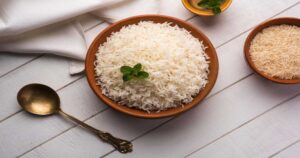
Antioxidant Benefits
Basmati rice contains a high concentration of antioxidants, which can help lower the risk of a variety of ailments, including heart disease and cancer. Antioxidants also serve to protect the body from free radical damage.
Easy to Digest
Basmati rice is easy to digest, making it an excellent alternative for those who suffer from digestive disorders. It also aids in the reduction of inflammation, which is good for those suffering from arthritis.
Nutritional Value of Basmati Rice
Basmati rice is a long-grain rice with a distinct nutty flavor, delicate texture, and aromatic aroma. It is well-known for its peculiar flavor and is popular in many cultures. In terms of nutrition, Basmati rice offers certain particular benefits over other forms of rice. Basmati rice contains fewer calories than other long-grain rice such as jasmine and wild rice. Because Basmati rice is less thick, it has fewer calories per gram. Basmati rice is also richer in fiber, with around 1.5 grams per cooked cup. This promotes digestion and intestinal health. Basmati rice has more vitamins and minerals than other forms of rice. It also has a higher iron and zinc content than other long-grain rice. Moreover, Basmati rice contains antioxidants, which might help protect your cells from harm. Lastly, Basmati rice is low in glycemic index. This means it digests and absorbs more slowly, which may help to minimize blood sugar rises after meals. This makes it an excellent alternative for people who have diabetes or are attempting to lose weight.

Why choose Basmati Rice
Basmati rice is a variety of long-grain rice from the Indian subcontinent. It is well-known for its peculiar nutty flavor, delicate texture, and fragrant smell. Basmati rice is also a lower-fat and lower-calorie choice. Its high fiber content aids in cholesterol reduction, while its low glycemic index avoids blood sugar increases. Moreover, Basmati rice is abundant in critical vitamins and minerals, as well as necessary amino acids. All of these traits make Basmati rice an excellent choice for people seeking to live a healthy lifestyle.
How to choose Basmati rice
Use basmati rice that has been aged for a minimum of at least a year. Older basmati rice has a stronger taste, a firmer texture, and a more pleasant aroma. Select basmati rice with no broken grains. Cracked grains may be overcooked, giving in an uneven texture. Seek “extra-long grain” basmati rice, as this variety of rice is typical of superior quality. Check the label to ensure that the basmati rice does not contain any additives. Certain brands may include preservatives or flavorings that affect the taste and texture. To minimize pesticide residues, consider purchasing organic basmati rice.
Difference Between basmati and Sella
Basmati rice and Sella rice are two famous varieties of rice used in Indian cooking. While both are long-grain rice, there are several significant distinctions between the two. The primary distinction between Basmati rice and Sella rice is the manner of processing. Before being marketed, Basmati rice is customarily matured for many months, whereas Sella rice is parboiled before being processed. The rice is partially cooked while still in its husk during parboiling, then dried and de-husked. Sella rice has a stronger texture and a more distinct flavor than Basmati rice as a result of this technique. Basmati rice has a delicate scent and flavor, earning it the title “Queen of Rice.” It has a delicate nutty flavor and a somewhat sweet aroma, making it ideal for matching with curries, biryanis, and other Indian foods. Sella rice, on the other hand, has a richer taste and scent, making it perfect for meals that call for a more powerful rice flavor. Basmati rice has a delicate scent and flavor, earning it the title “Queen of Rice.” It has a delicate nutty flavor and a somewhat sweet aroma, making it ideal for matching with curries, biryanis, and other Indian foods. Sella rice, on the other hand, has a richer taste and aroma, making it perfect for meals that call for a more powerful rice flavor. Because Basmati rice is a luxury rice type appreciated for its scent, flavor, and texture, it is often more costly than Sella rice.
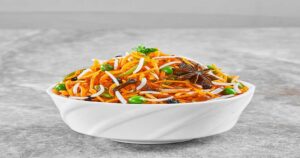
Best Quality Basmati Rice
Adnoor Basmati rice is a certified organic Canadian-grown rice. It tastes light and sweet and has a fluffy texture. This long-grain rice goes well with everything from curries and pilafs to stir-fries and salads. The Canadian Food Inspection Agency certifies it as organic since it is farmed without the use of pesticides or herbicides. Adnoor Basmati rice is an excellent alternative to ordinary white rice for those seeking a healthier option. Basmati rice is gaining popularity in Canada. It’s utilized in everything from classic Indian and Pakistani meals to current fusion compositions. It is also becoming popular as a substitute for more typical long-grain white rice.
2 Comments
5 Explore the Delicious Basmati Rice Nutritional Value!
February 5, 2025[…] following the tips and recipes provided, you can enjoy perfectly cooked basmati rice every time. So, the next time you’re planning a meal, consider incorporating this aromatic grain […]


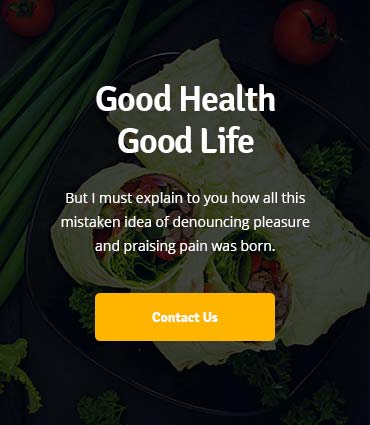


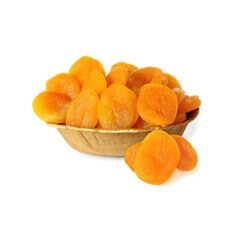
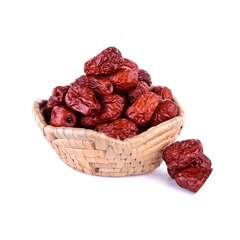
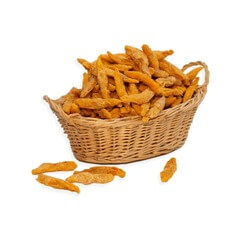
How to Store Basmati Rice: Tips and Advice for Keeping It.
March 3, 2023[…] to open the container frequently, which might expose the rice to air and moisture. When storing Basmati rice, check the expiration date. If it is nearing its expiration date, it is recommended to eat it […]